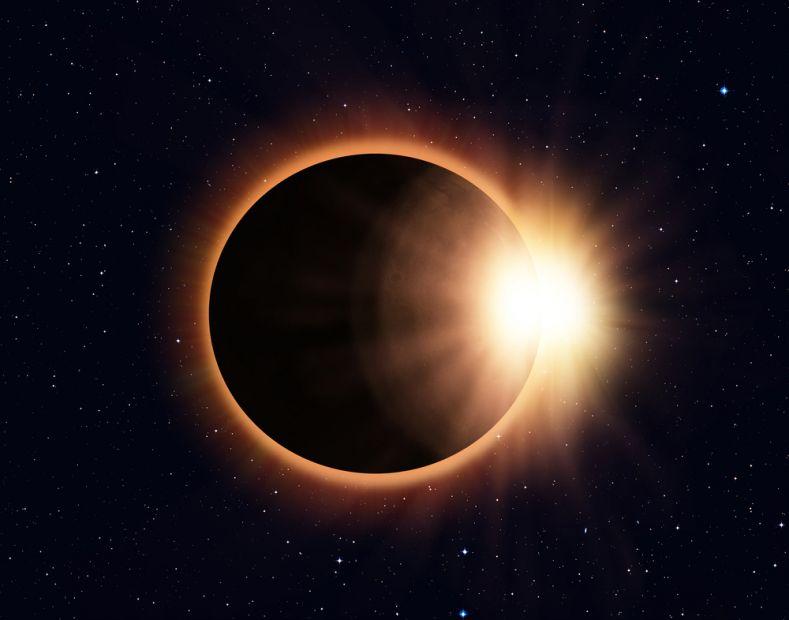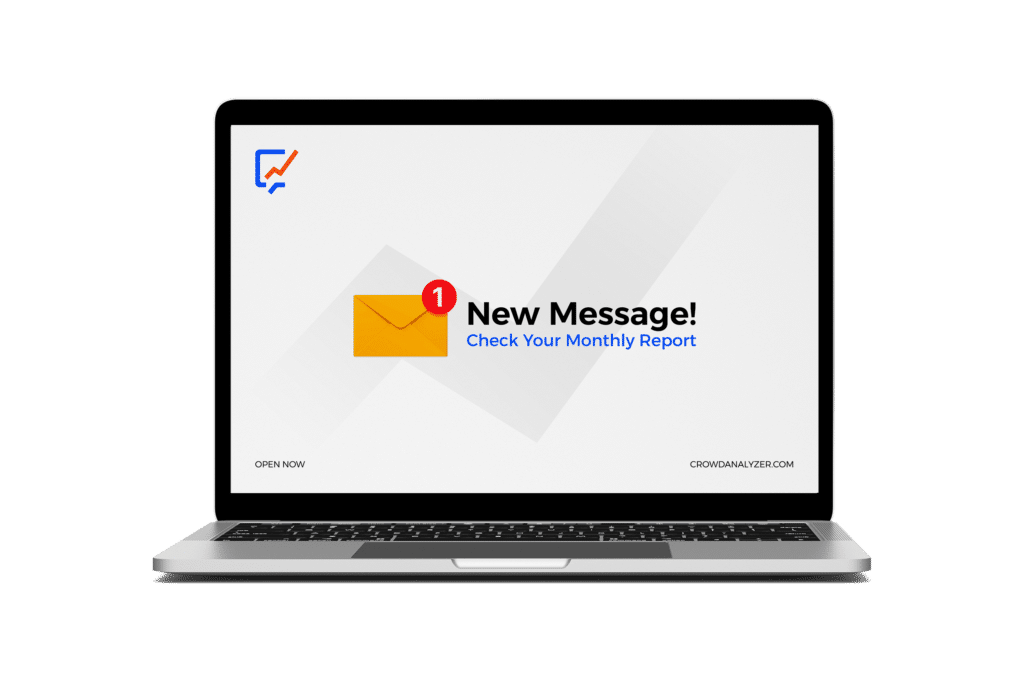Last time a full solar eclipse took place was in 1979, the main media of coverage were radio, television, and printed publications. It shows how much the world has changed ever since. Online users created an amazing job covering the event. Of course, crowd analyser did its favourite practice by monitoring the event on social media platforms. Here our most remarkable findings.
We monitored the event on social media platforms around the whole world. The vast majority of users’ content was generated from the United States with over 80%. Canada followed with 5%, and the United Kingdom with 3%. Only residents of the US could see the total solar eclipse, hence the majority of content is originated from the US.
Top Content
Twitter’s twitter account was the most followed page that tweeted 5 times about the eclipse. The first 3 tweets were to announce the live coverage of the eclipse by The Weather Channel on Twitter Live. The tweet circulated twitter over 1.3k times.
The other two tweets were replies to other users who tweeted about the eclipse. Twitter’s account came first among influencers, as it had the highest numbers of followers.
Twitter’s account has more than 61 million followers. The account’s tweets about the eclipse received more than 54k interactions, most of which were retweets and replies to the link of the eclipse’s live coverage.
Satellite View or Live Coverage
The top mentions that attracted many users were either live coverage of the eclipse or high quality photographs taken by satellite cameras. The link to The Weather Channel’s live coverage was retweeted by many users and business accounts including Twitter’s.
Videos and pictures received more interactions than any other type of content. Videos such as the live coverage of The Weather Channel and satellite photographs such as NASA’s were retweeted thousands of times. It’s interesting to know whether people were more keep on sharing the video or other images.
We filtered the results of the stream in order to discover what type of content Americans are keen on sharing. Visual content took the lead with links of the live coverage of the event as well as spectacular photographs from several sources. Over 9k photographs were tweeted , while more than 8k videos were shared. The top photographs were the ones published by NASA, while the top video was a link of the live video, followed by the link to the live coverage of the event.
Businesses
It was remarkable that business profiles did not take advantage as they should from the event. For example, the most active business accounts were Twitter and NASA. Both accounts are related to the event and promoted coverage of the event whether through live video or satellite pictures and videos. Of course, other users provided some interesting content, yet business profile weren’t as active as they should be. For instance, only 4% of users who mentioned or interacted with content about the eclipse were business accounts.
Some content by users who do not have many followers boomed because of the eclipse. For instance, the following photograph, Jasman Mander, the retweets of his content received more than 60k interactions, while he has no more than 750 followers.
The Trumps
Since the solar eclipse was took place in the US, of course president Trump and the first lady were also a trending topic. Most of the 3.9k tweets about the president and the first lady were joking about the fact that Trump was directly looking at the sun without wearing the protective shades.

























